
Vueron Newsletter
No. 76
2023.12.29
| Nio ET9 and 4th-gen swap station bring more support to LiDAR maker Seyond | ||
| Arcfox, Deepal get permit to test vehicles with L3 autonomous driving systems in China | ||
| Toyota, Renesas, and other Japanese companies team up on self-driving semiconductor research to challenge Tesla | ||
| Hesai Technology achieves cumulative LiDAR delivery milestone of over 300,000 units |
1. Nio ET9 and 4th-gen swap station bring more support to LiDAR maker Seyond
-
- The ET9 is equipped with a next-gen LiDAR system, jointly defined by Nio and Seyond, featuring two Robin W medium-range, wide-angle LiDARs in addition to the original Falcon ultra-long-range main-view LiDAR.
- Seyond, formerly known as Innovusion, is a LiDAR supplier that officially changed its name 10 days before the event.
- The partnership between Nio and Seyond was first mentioned during the unveiling of the ET7 sedan at Nio Day 2020, and mass production of Seyond’s LiDAR products began with the delivery of the first ET7 vehicles on March 28, 2022.
- Nio’s NT 2.0-based models, starting with the ET7, come standard with a roof-mounted Falcon LiDAR, contributing to Nio’s smart driving achievements, accumulating nearly 200 million smart driving kilometers.
- The launch of the ET9 marks a new phase in the Nio-Seyond partnership, supporting the evolution of Nio’s perception system.
- The Robin W LiDAR has a maximum detection range of 150 meters, 2x greater than comparable products, and nearly 10x the angular resolution. It is integrated into the sides of the Nio ET9 for a balanced design and function.
The combination of Falcon and Robin W provides the Nio model with a 350° LiDAR perception. - Nio’s ET9 features the Aquila 2.0 sensing system, capable of detecting an area exceeding 400,000 square meters.
- Nio also introduced the fourth-generation battery swap station powered by four Nvidia Orin X chips and six ultra-wide angle LiDARs. The station is designed to provide a better sense of the environment around it.
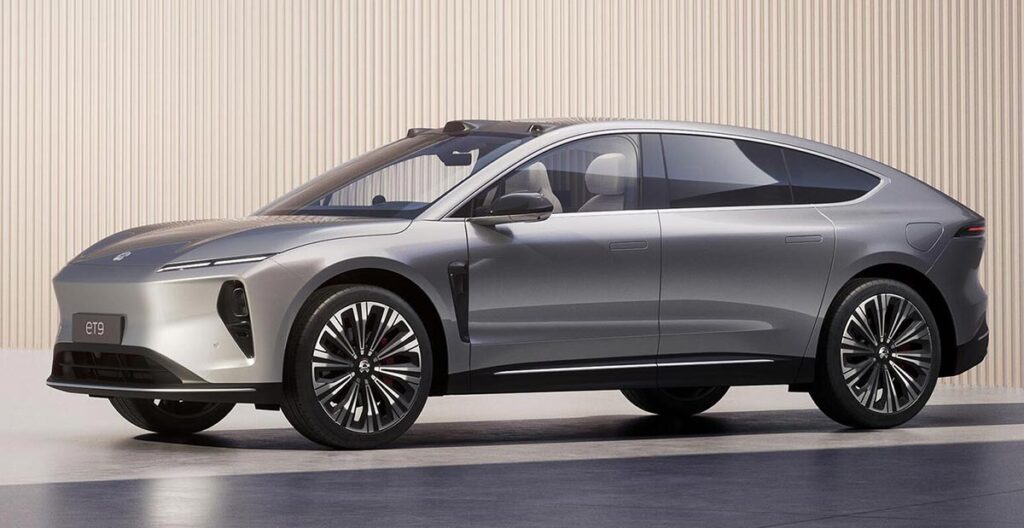
The partnership with Seyond, particularly in the development of LiDAR technology, is a crucial aspect of Nio’s strategy for smart driving features in its EV models. Nio’s investment in battery swap station technology, powered by Nvidia chips and equipped with LiDAR for environmental awareness, indicates a comprehensive approach to infrastructure development for EVs.
2. Arcfox, Deepal get permit to test vehicles with L3 autonomous driving systems in China
-
- Arcfox and Deepal have been granted permission to test vehicles with Level 3 (L3) autonomous driving systems in China.
- Arcfox, affiliated with the Beijing Automotive Group, is among the first companies allowed to conduct L3 autonomous driving tests on Beijing’s highways following the city’s announcement of rules for road testing vehicles with conditional autonomous driving capabilities.
- Car manufacturers must undergo a rigorous process, including closed-site tests, assessment of autonomous driving capabilities, and expert reviews, before obtaining the license for L3 autonomous driving tests.
- Safety and technical inspections are required for test vehicles, and drivers must undergo at least 50 hours of training to take control of autonomous vehicles during tests.
- Arcfox emphasizes the need for supervision facilities and data upload to ensure tests are conducted at specified times and locations, under constant supervision.
- Deepal, the new energy vehicle (NEV) division of Changan Automobile, has also been authorized to conduct L3 autonomous driving road tests on highways and expressways in Chongqing.
- Deepal clarifies that the L3 autonomous driving feature is only on the test vehicles and does not represent a commitment to include it in production vehicles.
- Several Chinese government departments issued a notice allowing cars with L3 and L4 autonomous driving capabilities to conduct road tests on a pilot basis, specifying accident liability determination.
- Various car companies, including BMW, Mercedes-Benz, and IM Motors, have announced authorization for L3 autonomous driving road tests in China.
- Tesla has not yet announced similar tests in China, but some expectations that work to bring Full Self-Driving (FSD) technology to China is underway, as mentioned in a November 22 report.
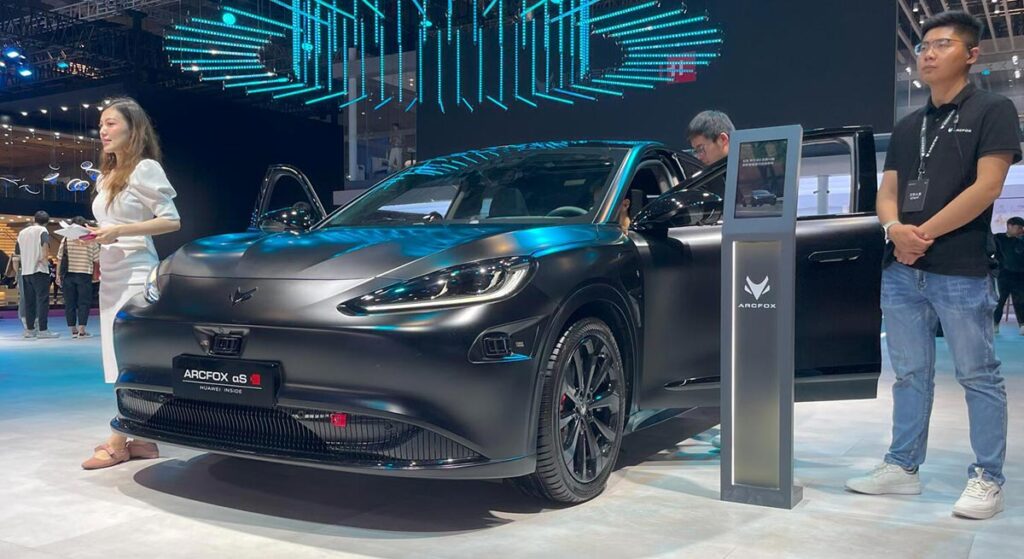
China’s regulatory environment is evolving to accommodate and regulate the testing of vehicles with autonomous driving capabilities, reflecting the industry’s advancements. The rigorous process for obtaining a license for L3 autonomous driving tests underscores the importance of ensuring the safety and reliability of autonomous systems.
3. BYD has obtained conditional testing license for level 3 autonomous driving on high-speed roads
-
- BYD, a major Chinese electric vehicle (EV) company, has obtained a conditional testing license for Level 3 (L3) autonomous driving on high-speed roads in China.
- This marks BYD’s second L3 autonomous driving license, with the first one granted in July.
- In December, BMW Group received a test license for L3 self-driving on high-speed roads in Shanghai, and Mercedes Benz announced plans for L3 tests on designated highways in Beijing.
- IM Motors, the EV brand of state-owned Chinese automaker SAIC Motor, is in the process of applying to China’s industry ministry for product entry of L3 cars.
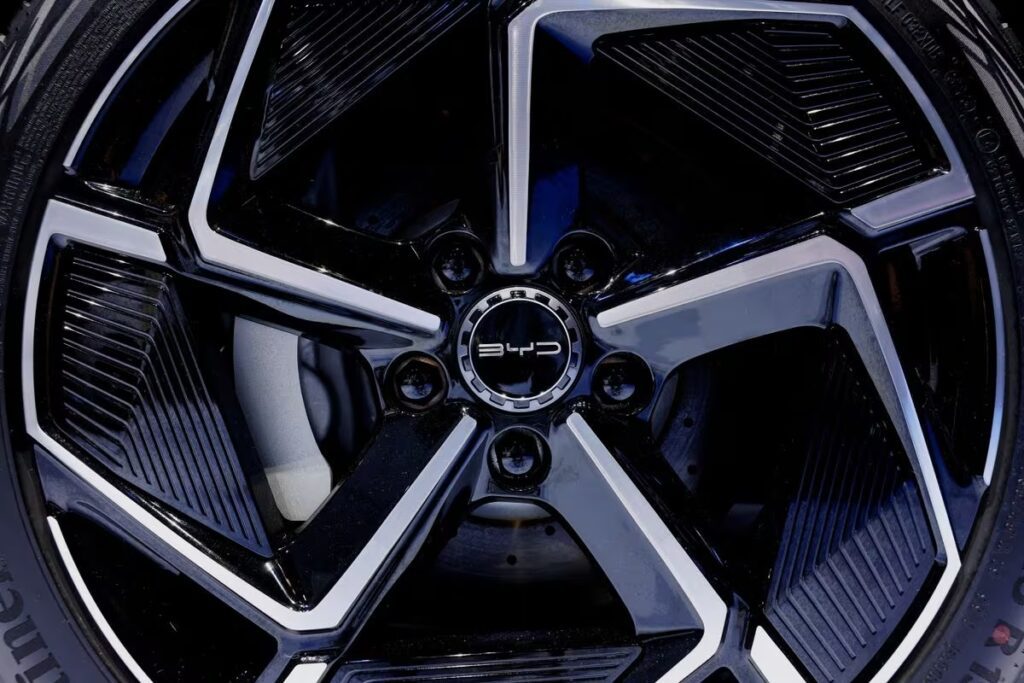
China is actively regulating and facilitating the testing of autonomous driving features on high-speed roads, indicating the country’s commitment to embracing and developing autonomous vehicle technology. The trend suggests that various automakers are keen on testing and potentially deploying L3 autonomous driving features, showcasing the industry’s competitiveness and focus on innovation in the Chinese market.
4. Toyota, Renesas, and other Japanese companies team up on self-driving semiconductor research to challenge Tesla
-
- Japanese automotive companies, including Toyota, are collaborating with semiconductor companies to jointly research advanced semiconductors for autonomous driving.
- The collaboration is facilitated through the newly formed organization, the Advanced SoC Technology Research Association for Automobiles (ASRA).
- ASRA includes companies like Toyota, Nissan, Honda, Mazda, Subaru, and Toyota parts maker Panasonic Automotive Systems.
- Toyota Senior Fellow Geiji Yamamoto will serve as the president of ASRA, which was founded in Nagoya.
- Semiconductor companies involved in the collaboration include Renesas Electronics and semiconductor designer Socionext.
- The goal is to conduct collaborative research in the coming year, focusing on jointly developing an automotive System-on-Chip (SoC).
- An SoC is crucial for autonomous driving, as it consolidates multiple functions like communication and vehicle control onto a single chip, streamlining processing for handling complex information.
- Japanese automotive and semiconductor companies are seeking to develop advanced semiconductors independently to compete with companies like Tesla, which utilizes its own SoCs in its vehicles.
- The development of high-performance SoCs for automobiles is currently dominated by a few global companies, including Nvidia and Qualcomm.
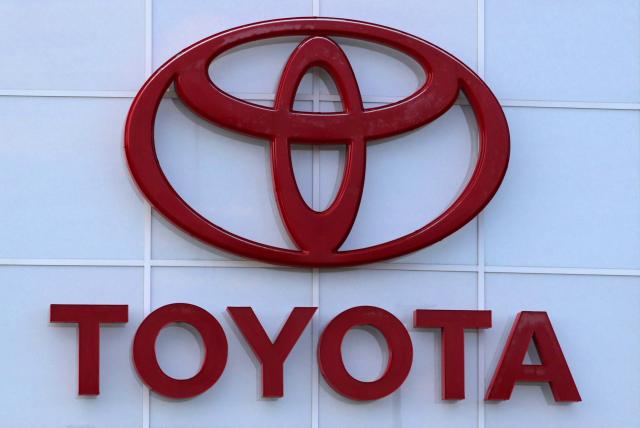
The collaboration among Japanese automotive companies and semiconductor firms underscores the industry’s recognition of the importance of advanced semiconductors for autonomous driving. The focus on developing high-performance SoCs for automobiles indicates a strategic shift towards achieving more autonomy and control over key technological components in the automotive sector.
5. Hesai Technology achieves cumulative LiDAR delivery milestone of over 300,000 units
-
- LiDAR supplier Hesai Technology announced that it has delivered over 300,000 units of LiDAR since its inception, making it the world’s first automotive LiDAR company to achieve this milestone.
- The company achieved this feat within three months of starting production and delivered over 10,000 units of the AT128 LiDAR in a single month.
- Hesai’s LiDAR production line utilizes intelligent manufacturing technology with over 100 production processes automated by intelligent industrial robots, including PCB assembly, lens assembly, gluing, screw fastening, and electronic testing.
- The automation rate exceeds 90%, allowing Hesai to produce a LiDAR unit every 45 seconds.
- The company’s self-developed intelligent cloud MES central control system ensures precise tracking throughout the production chain, enabling real-time quality control and oversight of each production phase.
- Hesai inaugurated the Maxwell Intelligent Manufacturing Center in November 2022, covering over 69,300 square meters and hosting nearly a hundred LiDAR functionality and performance tests, including 50+ vehicle-level tests, with an indoor long-range test distance of 200 meters.
- The Maxwell Center integrates world-class LiDAR research and development (R&D) and intelligent production technology, establishing a closed-loop from design to production to ensure high-quality, scalable products.
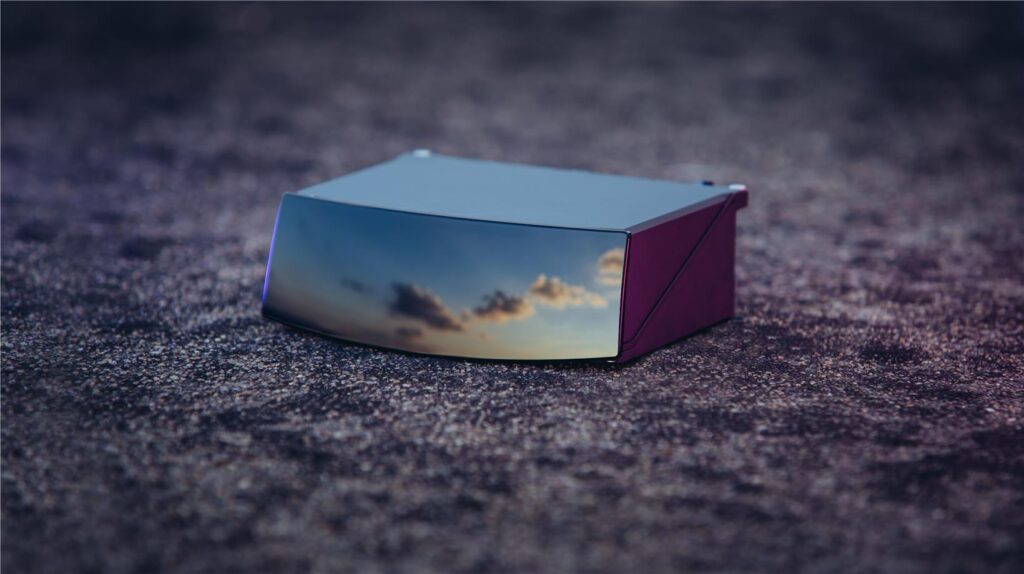
Hesai’s achievement of delivering over 300,000 LiDAR units signifies its leadership in the automotive LiDAR industry, showcasing its ability to rapidly scale production and meet market demand. Hesai’s closed-loop approach, from design to production, is crucial for maintaining control over the entire manufacturing process, ultimately contributing to the delivery of advanced and reliable automotive LiDAR solutions on a large scale.
*Contents above are the opinion of ChatGPT, not an individual nor company

